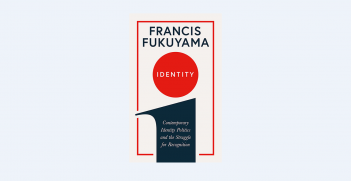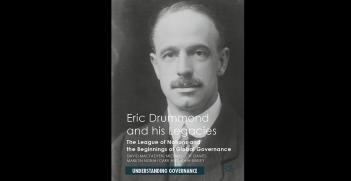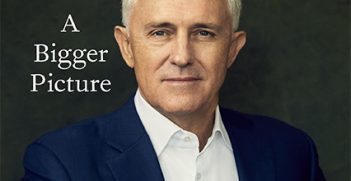Debating Democratization in Myanmar

Myanmar is one of the most important cases of potential democratisation in the world today. Ruled for decades by an array of incompetent and paranoid military-backed regimes, the county’s rapid emergence from isolation in 2010 and its first free elections in 2012 have raised hopes amongst scholars and policymakers for a decisive transition in what has been one of South-east Asia’s most tragic examples of autocracy and bad governance.
This volume, drawn from the ANU’s 2013 Myanmar update, is a good example of the real, if cautious, optimism that seizes many observers of political change in Myanmar today. The book adopts a broad interpretation of democracy, looking not just at core democratic institutions such as the parliament and the electoral systems, but also the military, the police, and broader issues of labour rights, gender and the all-important issue of ethnic relations in what is still one of the most conflict-prone states in Asia.
There is no doubt that there is much to be optimistic about. The 2010 rapprochement between incumbent President Thein Sein and the pro-democracy leader Aung San Suu Kyi has endured, if not always consistently or easily. Political prisoners have been freed (although some still remain) and the Parliament established in 2008 is more than just a rubber-stamp for the executive. The military remain dominant but may yet be persuaded to give up their 25 per cent of parliamentary seats and return to the barracks. Civil society is again playing a role in local and national politics, including thorny problems such as land rights. All of these issues and more are canvassed in this well-edited volume.
The volume’s editors are also to be congratulated for bringing in local voices wherever possible. We hear from former exiles and activists who have now joined Myanmar’s burgeoning political class, and also from representatives of ethnic minorities. Foreign Burma-watchers are also well-represented, with the volume offering up a who’s who of Australia’s Myanmar experts. The scope of the contributions included is particularly impressive. With a quarter of the population living in poverty, the often-neglected issue of the economy gets welcome attention from several international experts, as do questions of state terrorism and political violence.
The most immediate issue facing democratisation, however, is the conduct and outcome of the 2015 elections. Here, there are genuine reasons to doubt that the progress we have seen to date can be sustained. I am writing this review from Naypyidaw, Myanmar’s capital, in September 2014 where the pact between the government and opposition parties appears to be fraying over questions of electoral system design (another issue well covered in the book). Simply put, the ruling USDP has realised that it is on a hiding to nothing if free elections are held and is thus looking to shift to a more proportional model to ensure that it is not wiped out. Meanwhile, the NLD wants to keep the plurality system in place to maximise their potential victory. Neither side seems to be thinking about the consequences of a large win (or loss) for future stability in Myanmar or the likelihood of a smooth transition of power in a country that has never experienced one.
The volume is well produced, with a useful map of the 2010 and 2012 election results in the inside sleeve. I can’t think of a better overview of the current state of play of democratisation in Myanmar.
Nick Cheesman, Nicholas Farrelly and Trevor Wilson (editors), Debating Democratization in Myanmar, ISEAS, Singapore 2014
Reviewed by Professor Benjamin Reilly, Dean, Sir Walter Murdoch School of Public Policy and International Affairs, Murdoch University





